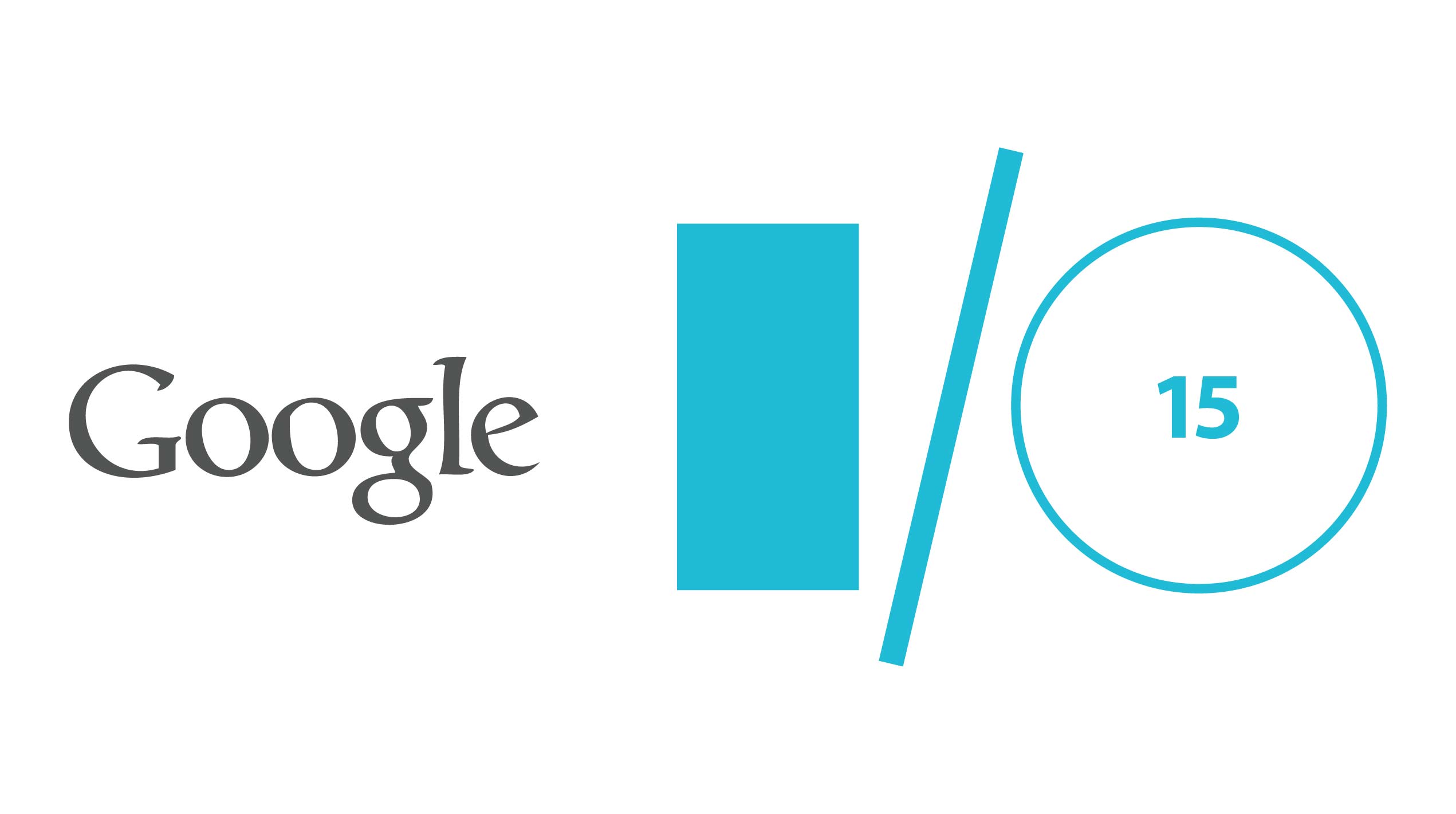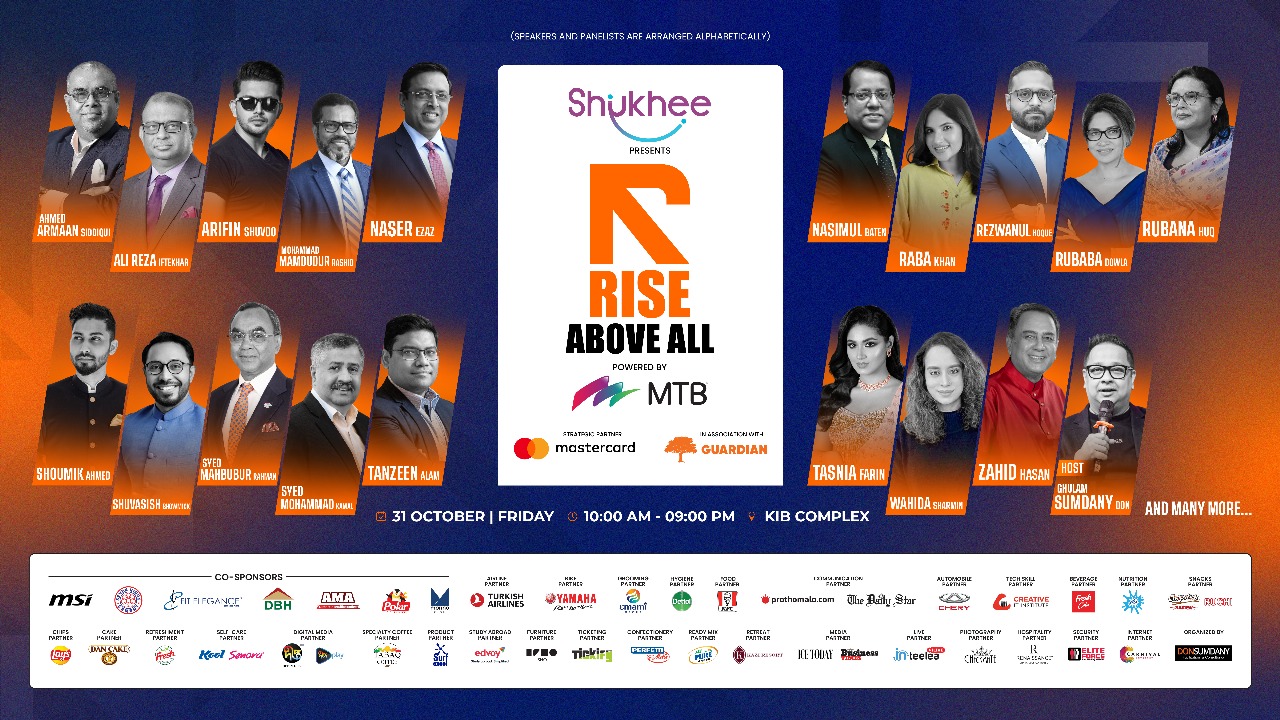The world watches technology giant Google’s latest innovations attain maturity
By Abhijit Asad
Google’s annual I/O events have been famous since inception for their amazing expositions of Google’s future hardware and software technologies, and this year’s Google I/O 2015 was no exception.
The announcement of the upcoming Android M upgrade was a fairly unanticipated move, as its predecessor, Lollipop, is not even a year old, and is still receiving updates quite steadily. The developer preview of the Android M operating system released by Google shows it to be a more refined and polished version of Lollipop, featuring a myriad of optimizations, resulting in superior battery life and hardware compatibility. Android M also promises easier access to Google Now, greatly simplified app permissions, and system-wide integration of Google’s Chrome browser.
Google has also announced a standalone version of its Photos app, which previously used to be bundled with Google Plus. The new app will offer free cloud backup solutions for an unlimited number of photographs, each up to 16 megapixels in size, as well as video clips. While the cloud backup feature has existed in Google Plus for quite some time, the lack of a storage cap suddenly makes it massively lucrative for every photographer, from amateurs to professionals.
Google has also made changes to Android Wear, its dedicated operating environment for wearable devices such as smartwatches. Along with making a slew of ergonomic changes to the software’s user experience components, extra features such as low-power always-on display options and persistent navigation directions.
Not content with simply staying restricted to portable devices and personal computers, Google also has plans to invade your household and turn it into a home of the future with smart door locks, temperature controls and lights that can be operated and programmed by their new ‘Project Brillo’, an offshoot of Android that Google wants to turn into the new standard of home automation systems. Much about this curiously interesting project still remains to be revealed, but we are eager to see more of it.
With Apple Pay swiftly gaining ground in the United States, Google is not sitting idle, and it has already managed to revamp its largely stagnant Google Wallet service into the form of the much more flexible and simpler-to-use Android Pay, which can be used to make both real-world and app purchases through the use of NFC protocols. It is slated to be compatible with nearly a million store outlets straight out of the starting gates, which shows that Google is certainly not holding anything back in this race.
Easy access to virtual reality-style stereoscopic visuals by means of a simple folded cardboard frame was the foundation of Google’s ambitious but practical Cardboard project (announced last year), and this year, Google has come up with an upgraded design for it, along with the release of a development kit that can be utilized by Android and iOS developers alike.
Instead of blazing through with technological revolutions, this year’s Google I/O was rather focused on perfecting Google’s overall user experience across its massive board of products and services by introducing updates and augmentations on every discernible level. And a bit of polish is a hard thing not to love in the fickle arena of technology.
P















